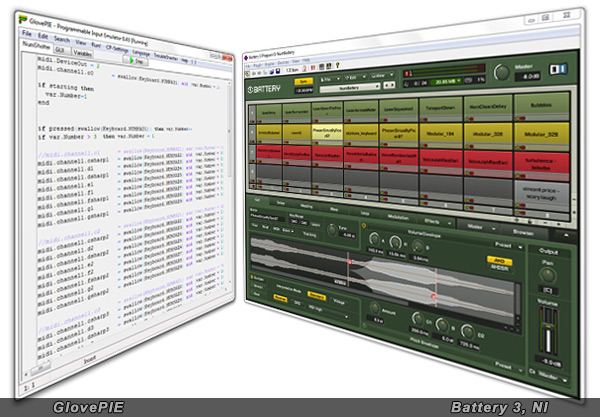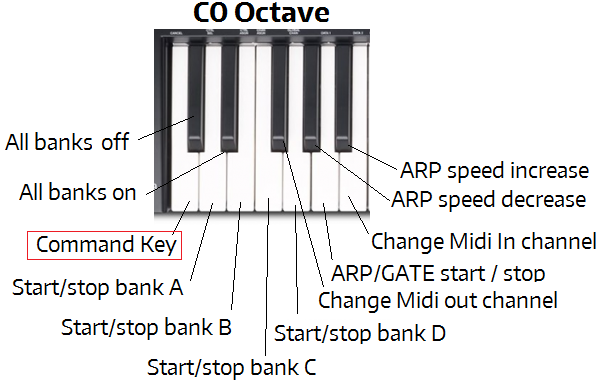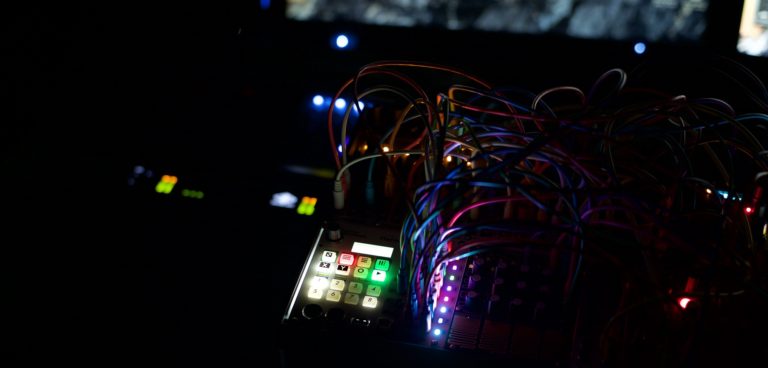

Return Character.getNumericValue(oct) * 12 + i Īnd it works just great. Find the corresponding note in the array. Otherwise, it must be a two-char note. If the length is two, then grab the symbol and number. Public static int convertToPitch(String note) You can use musicpy's write function to write the return value of this function to a MIDI file.I have written the following method to convert notes (with the octave appended to the end) to the corresponding MIDI pitch: // Converts a note string (MUST HAVE OCTAVE) to an integer pitch. Start: the starting note pitch of the conversion, which is the lowest note pitch of the resulted chord type, could be a string that represents a note pitch like A0, C1, or an integer for MIDI note number Whole_reverse: when the parameter direction is set to a value that is not 0 or 1, you can set this value to specify whether to reverse the lines of pixels of the imageĮach_line_reverse: when the parameter direction is set to a value that is not 0 or 1, you can set this value to specify whetehr to reverse each line of pixels of the image Rotate: when the parameter direction is set to a value that is not 0 or 1, you can set this value to specify the rotation angle of the image to convert, the rotation angle is clockwise for positive number, counterclockwise for negative number Remapping_colors: you can pass in a dictionary to remap the MIDI channel numbers to a new order of MIDI channel numbersįilter_value: you can set a tuple (or a list) (a, b) to filter the ASCII characters to convert which index at the ASCII character set satisfies a <= index < bĮxtra_interval: you can set this value if you want to have extra spaces between each 2 adjacent lines of notesĪdjust_scale: adjust the notes of each line of pixels to a scale like C major, D mixolydian, it will filter out the notes that does not belong to the scale of each line of notes, this value must be a musicpy's scale instance Line_interval: the duration of notes of each line of pixels of the image, the unit is bar of 4/4 time signature Max_keys: the maximum key number the MIDI file has, when converting the image, if the line has more pixels than this parameter, then the excess part will be cut off Other values: you can custom the rotation angle of the images and whether reverse the image ascii list and each line or not

For example,ĭirection: there are 3 direction modes: 0, 1, other valuesĠ: from left to right, used in daw representationġ: from buttom to top, used in piano roll representation You can change these parameters by updating the values of the corresponding keys of config_dict. Image_height_ratio: the height resize ratio of the image.

Image_width_ratio: the width resize ratio of the image. The default value is 1īit_number: The bit number the image will be converted as gray scales. The default value is The resize ratio of the image to convert, could be an integer or a float, the smaller it is, the larger the image will be resized to, for example, 1 is for no resizing, 0.5 is for resize as 2 times large, 2 is for resize as 2 times small. This package uses a dictionary called config_dict to store the image conversion parameters, which areĪscii_character_set: The ASCII character set that ranges from deepest to lightest color depth. Firstly we will talk about the conversion parameters of this pacakge.


 0 kommentar(er)
0 kommentar(er)
